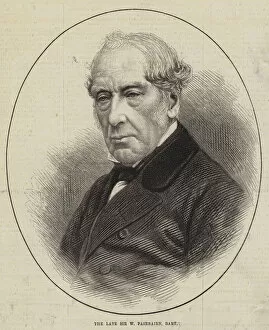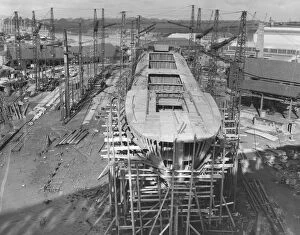Shipbuilders Collection (#2)
"Shipbuilders: Crafting Dreams on the River Clyde, Glasgow" In May 1951, amidst the bustling shipbuilding industry in Glasgow, Scotland
All Professionally Made to Order for Quick Shipping
"Shipbuilders: Crafting Dreams on the River Clyde, Glasgow" In May 1951, amidst the bustling shipbuilding industry in Glasgow, Scotland, an advert caught the attention of many. John Cran & Co proudly displayed their name as shipbuilders from Leith, Scotland. The members certificate of the Associated Shipwrights Society showcased a vibrant colour litho that symbolized unity and craftsmanship. As one delved deeper into this world of shipbuilding, three books about ocean liners emerged. Titanic and Californian Hull Down were tales that captivated imaginations while providing insight into the grandeur and tragedy of these magnificent vessels. The White Star Line's RMS Titanic was immortalized in a Harland and Wolff date book - a testament to its significance in maritime history. Harland and Wolff took pride in their craftmanship as evidenced by scale profile drawings of ships like TSS Dominion. A letter addressed to Mrs A W Frost revealed the personal touch they bestowed upon each project. Foldout pages dedicated to RMS Titanic - The Shipbuilders showcased intricate details that brought this iconic vessel to life. The legacy continued with RMS Olympic and Titanic - The Shipbuilders volume, which chronicled Harland & Wolff's contribution to two legendary ships. A rare diary with handwritten entries provided glimpses into the daily lives of those who shaped maritime history at Harland & Wolff. A brass plaque bearing their name stood tall in Belfast, serving as a reminder of their dedication and expertise. These they were more than mere builders; they were dream weavers who turned steel into floating marvels that traversed vast oceans. In every stroke of their tools lay passion for perfection; every weld spoke volumes about skill honed over generations. They transformed raw materials into majestic vessels that carried dreams across tumultuous seas. These shipbuilders left an indelible mark on history through their unwavering commitment to excellence.


















